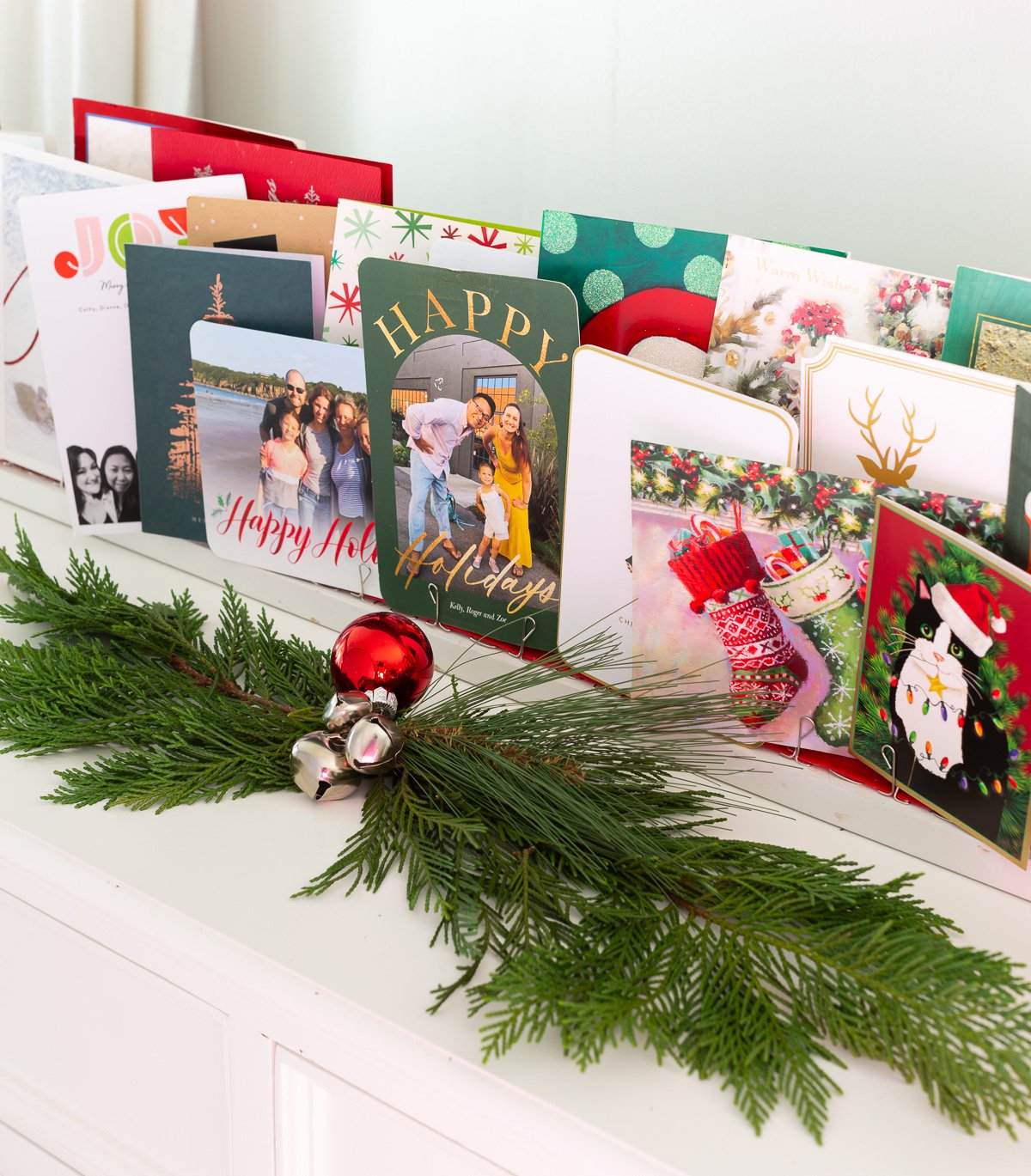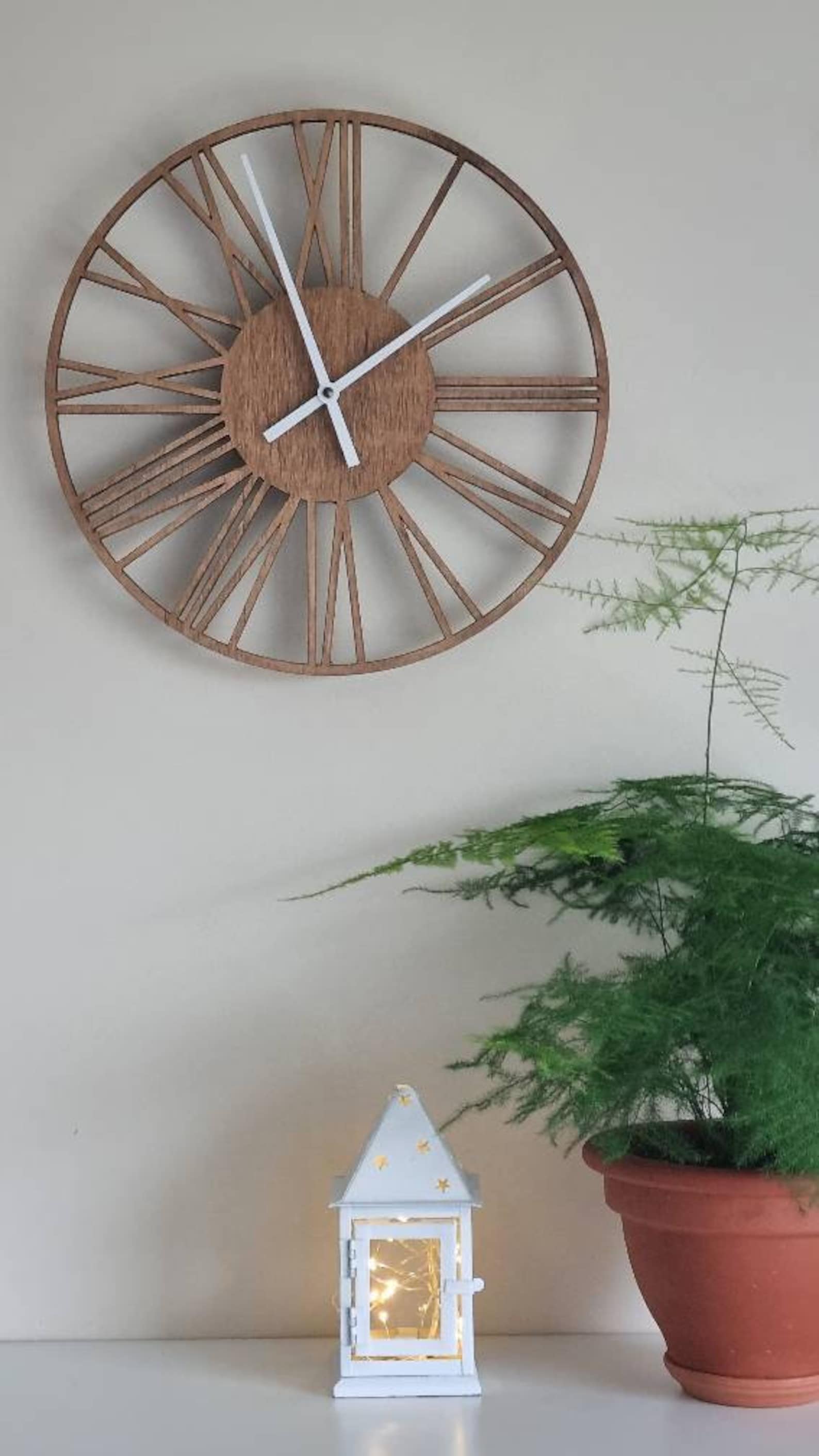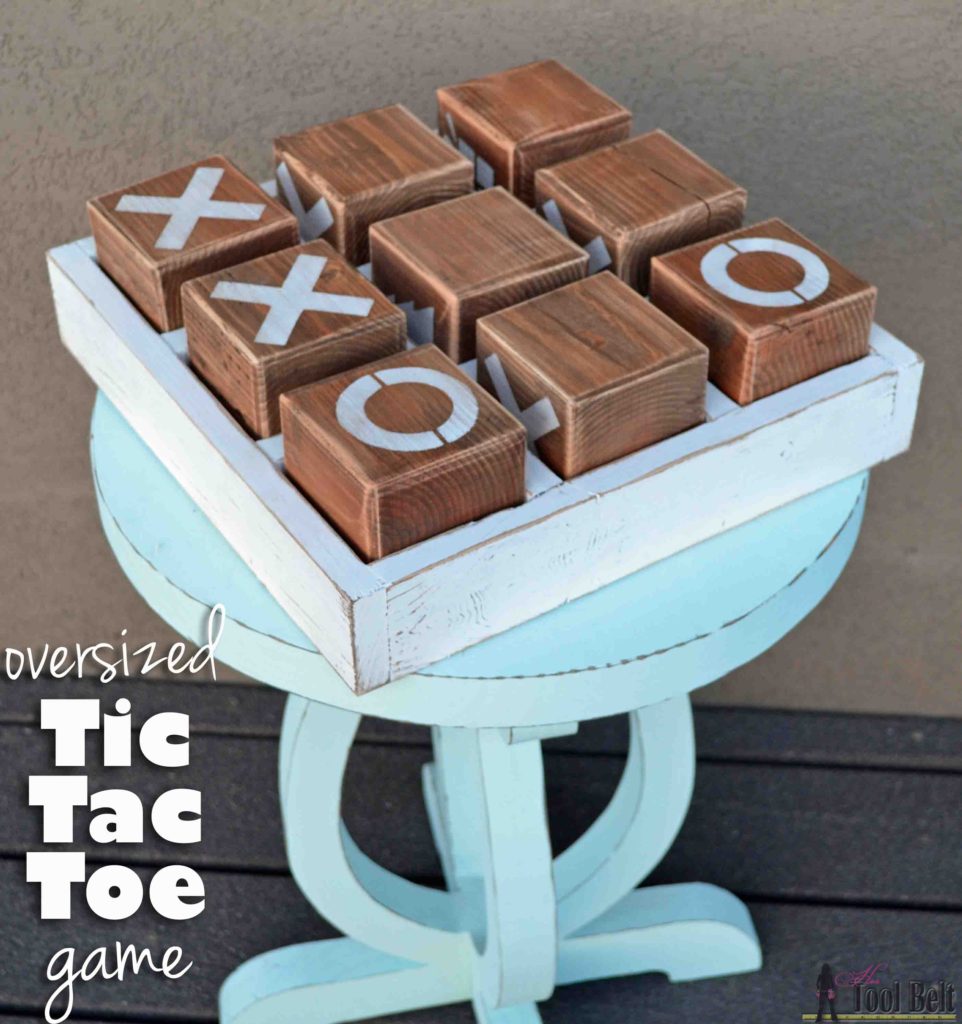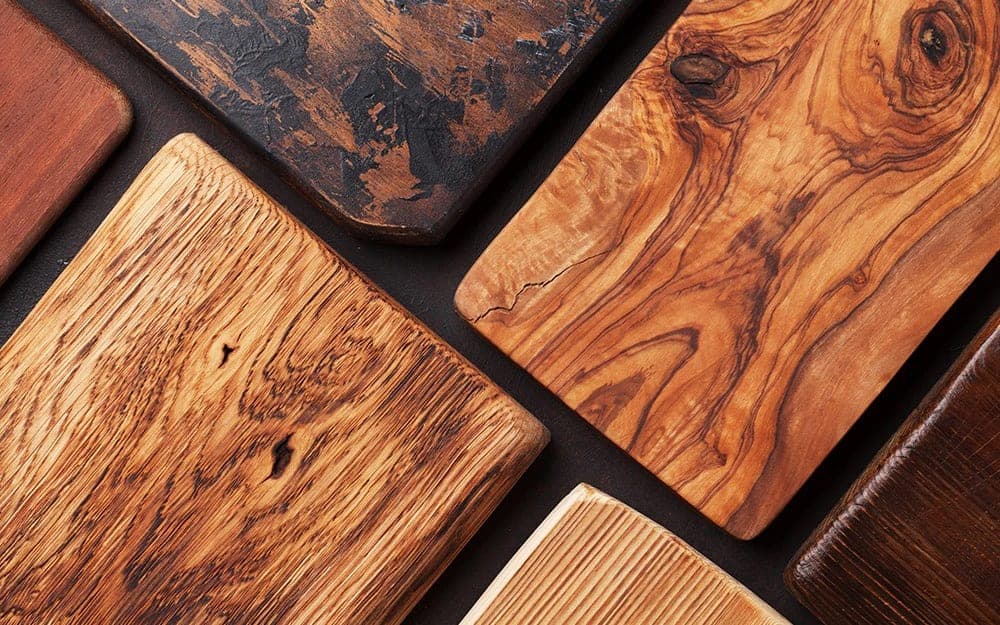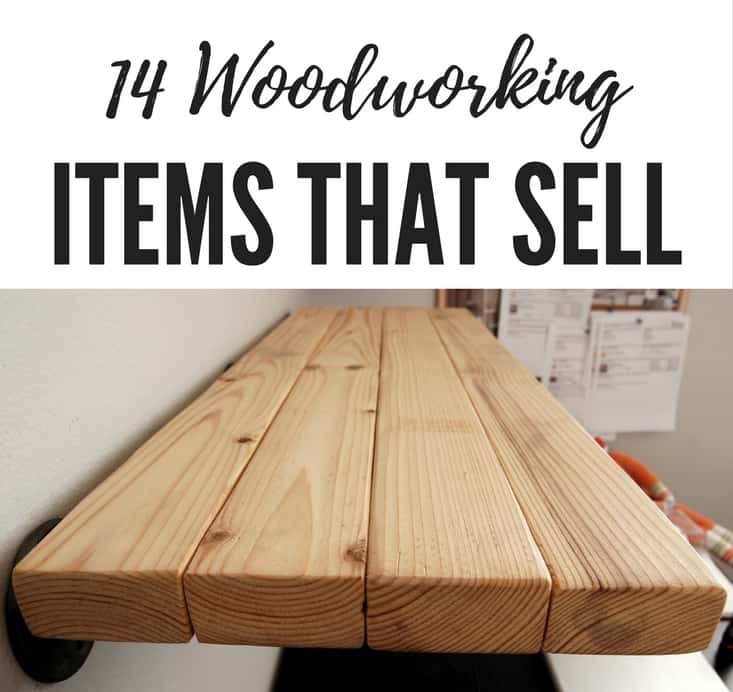
How to Build a Wooden Plant Stand: Modern & Rustic Styles
Hey there, plant lovers! Ready to elevate your greenery game and give your plants the display they deserve? Building your own wooden plant stand is a fun and rewarding project that lets you express your style and create something unique. Whether you're drawn to the clean lines of a modern aesthetic or the cozy charm of a rustic design, this guide will walk you through every step. Let's get growing!
Choosing Your Style: Modern vs. Rustic
Before you grab your tools, let's define the vibe you're going for. Both modern and rustic plant stands have their own distinct appeal, and knowing your preferences will guide your material choices and construction:
Modern Plant Stands
- Clean lines and geometric shapes: Think squares, rectangles, and circles.
- Minimalist design: Avoid excessive ornamentation or fussy details.
- Sleek materials: Opt for hardwoods like walnut, maple, or cherry with a smooth finish.
- Simple color palettes: Natural wood tones, black, white, or metallic accents.
Rustic Plant Stands
- Natural textures and imperfections: Embrace knots, grain patterns, and weathered finishes.
- Rustic materials: Reclaimed wood, barn wood, or rough-cut lumber.
- Distressed finishes: Whitewashing, staining, or applying a clear coat to highlight the wood's natural beauty.
- Rustic accents: Twigs, branches, or metal hardware for a farmhouse touch.
Tools and Materials
Here's a list of common tools and materials you'll need for building your plant stand. You might already have some on hand, or you can easily pick them up at a local hardware store.
Tools
- Measuring tape
- Pencil or marker
- Circular saw or jigsaw
- Drill with various drill bits
- Screwdriver or drill driver
- Sandpaper (various grits)
- Clamps
- Safety glasses
- Dust mask
Materials
- Wood (depending on the size and design of your plant stand)
- Wood screws
- Wood glue
- Finish (stain, paint, or clear coat)
- Brushes or rags for applying finish
Construction Steps: A Modern Plant Stand
Let's build a sleek and modern plant stand. This design is a simple three-tiered stand, perfect for showcasing multiple plants.
- Cut the wood: Measure and cut your wood to the desired dimensions. You'll need three square or rectangular pieces for the tiers and four pieces for the legs.
- Sand the wood: Smooth the edges and surfaces of all wood pieces with sandpaper.
- Assemble the tiers: Align the three pieces of wood for the tiers and secure them with screws or glue.
- Attach the legs: Use wood glue and screws to attach the legs to the bottom tier. Ensure the legs are evenly spaced and positioned.
- Finish the stand: Apply a clear coat, stain, or paint to your stand. Let it dry completely before placing your plants.
Construction Steps: A Rustic Plant Stand
Now, let's craft a charming rustic plant stand. We'll create a simple A-frame design with a shelf for showcasing your leafy companions.
- Cut the wood: Measure and cut two long pieces for the A-frame sides, one shorter piece for the top shelf, and two shorter pieces for the base.
- Sand the wood (optional): Sand the wood lightly if you prefer a smoother finish. Or, embrace the natural texture for a true rustic look.
- Assemble the A-frame: Connect the two long pieces at an angle, forming an A-frame. Use screws or glue to secure the joints.
- Attach the shelf: Secure the shelf piece to the top of the A-frame, ensuring it's level and centered.
- Attach the base: Add the two shorter base pieces to the bottom of the A-frame for stability. Secure with screws or glue.
- Finish the stand: Apply a clear coat, whitewash, or stain to enhance the rustic charm of your stand. Let it dry thoroughly.
Tips for Building Your Plant Stand
- Measure twice, cut once: Accuracy is key! Measure carefully before cutting your wood to avoid any frustrating mishaps.
- Use quality wood: Choose wood that's free of knots and imperfections, especially for a modern stand. Rustic stands can embrace these features, so choose wood that complements your desired look.
- Pre-drill holes: This will prevent wood from splitting when screwing it together. A smaller drill bit will ensure a smooth process.
- Experiment with finishes: Have fun with different stains, paints, or clear coats to achieve your desired look.
- Add personal touches: Decorate your plant stand with metal accents, greenery, or other decorative elements that reflect your style.
Commonly Asked Questions
Got questions about plant stands? Here are some frequently asked questions and answers to help you on your DIY journey:
What type of wood is best for plant stands?
Hardwoods like oak, maple, walnut, or cherry are durable and attractive choices. For a rustic look, reclaimed wood or barn wood can add unique character. Pine is affordable and lightweight, but it can be softer.
How do I choose the right size for my plant stand?
Consider the size of your plants and the space you have available. Measure the width and height of your plants and ensure the plant stand is large enough to accommodate them comfortably.
How can I make my plant stand more stable?
Ensure your stand has a wide enough base for stability. You can also add brackets or cross pieces for extra support. If you're using thinner legs, consider adding a center support beam for additional strength.
How can I clean my wooden plant stand?
Dust the stand regularly with a soft cloth. Avoid using harsh chemicals or cleaners that can damage the wood finish. For a more thorough cleaning, you can wipe it down with a damp cloth and mild soap. Always allow the stand to dry completely before placing plants back on it.
Happy building, plant lovers! Remember, crafting your own wooden plant stand is a journey of creativity and expression. Let your imagination run wild, enjoy the process, and get ready to showcase your beautiful plants in style!





